
Kali Uchis ‘Isolation’ Installation at HVW8 Gallery, April 8th, 2018.

Kali Uchis ‘Isolation’ Installation at HVW8 Gallery, April 8th, 2018.
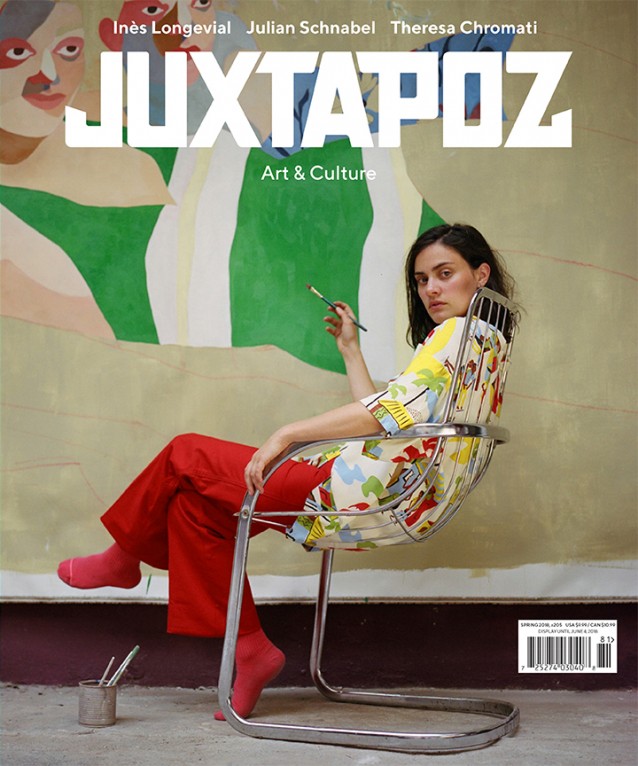
Proud to have Ines Longevial on the Cover of Juxtapoz featuring artwork from the HVW8 exhibit ‘Sous Le Soleil’. The next exhibit with Inès will be April 27th in Berlin for Gallery Art Week. Please email info@hvw8.com for inquiries.
Read the Cover Story article ‘Inès Longevial – Life in the Balance’
Other Recent Press :
New York Magazine – The Cut
https://www.thecut.com/2018/03/instagram-famous-painter-explores-visions-of-femininity.html
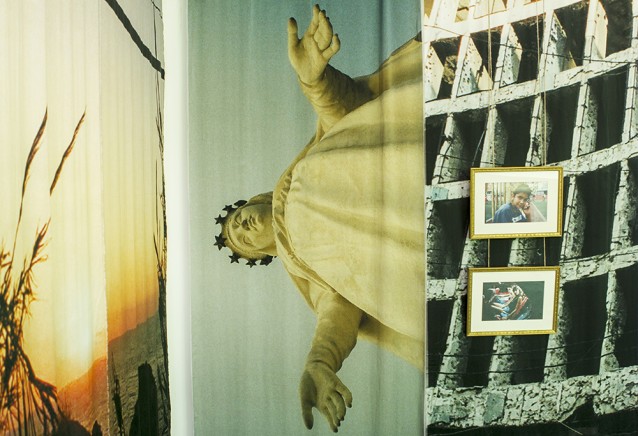
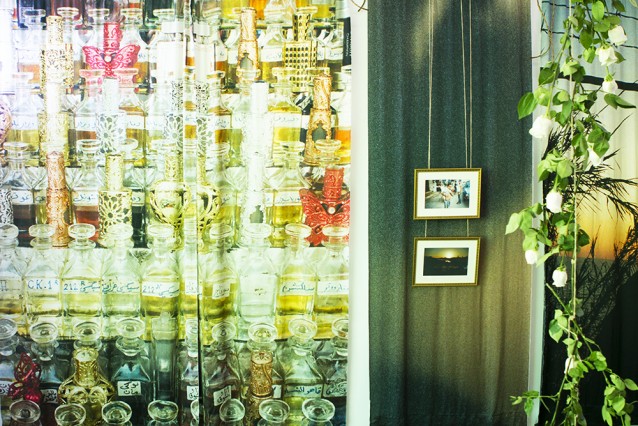
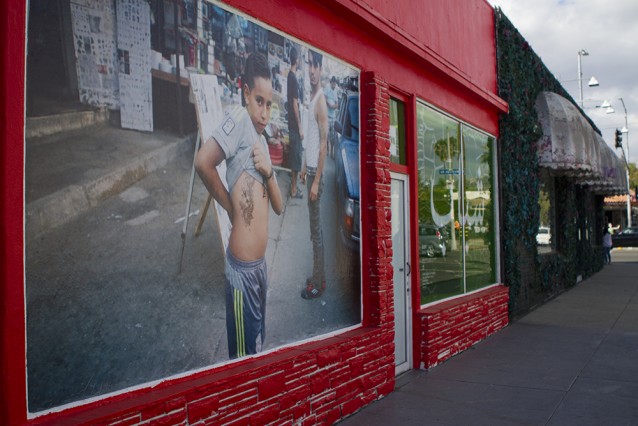
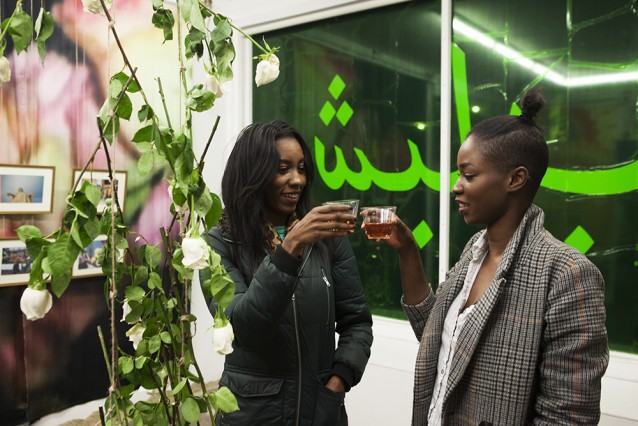
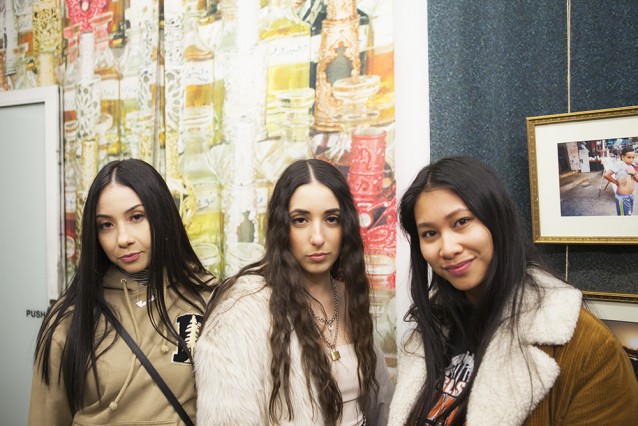
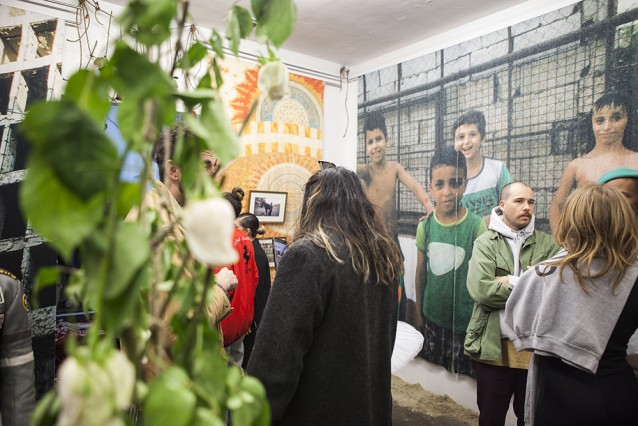
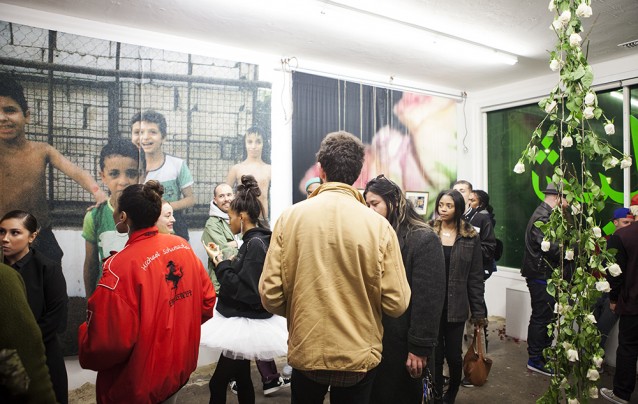
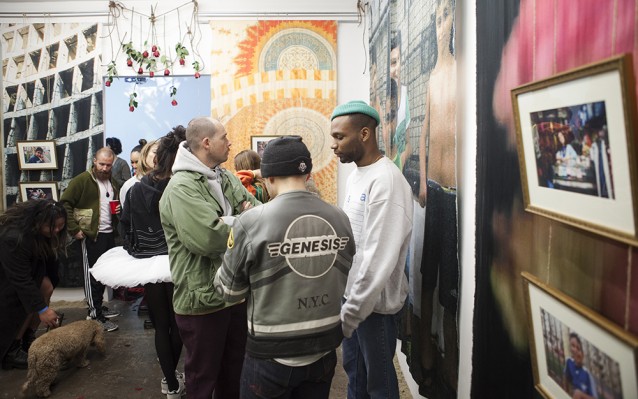
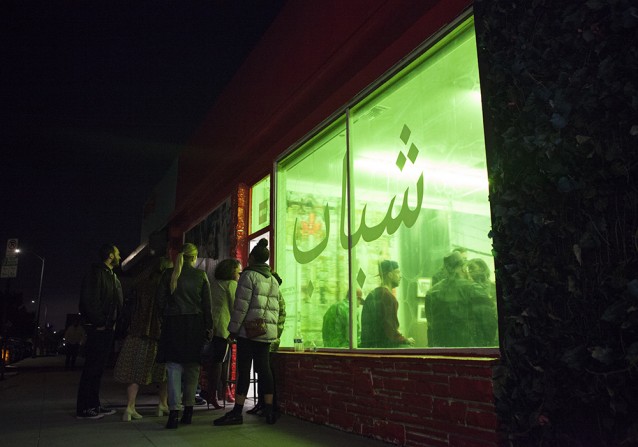
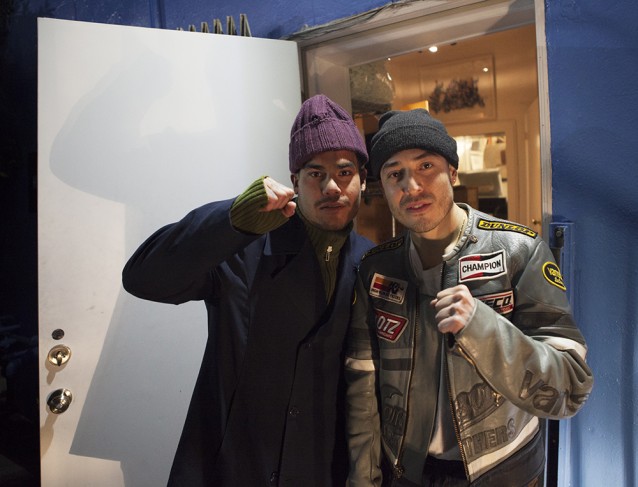
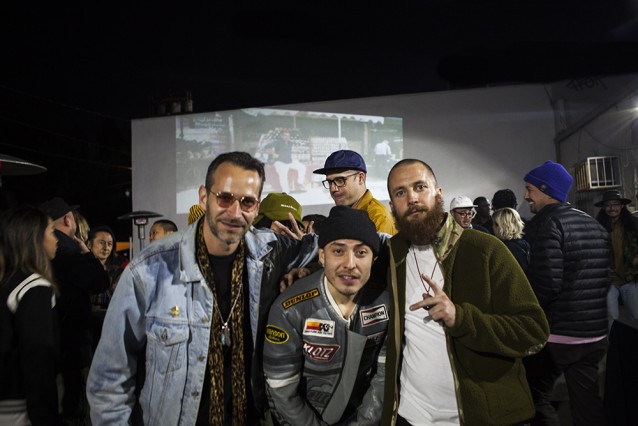
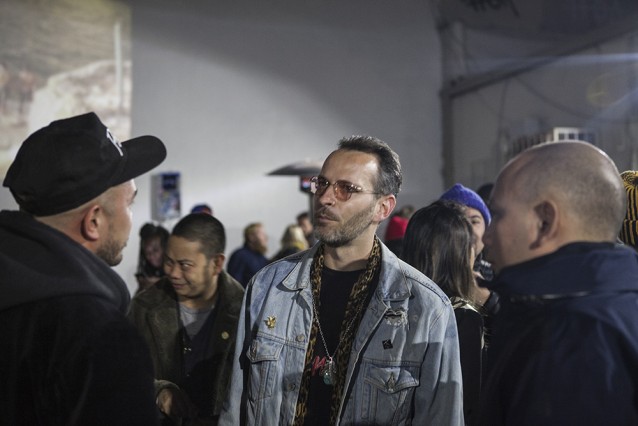
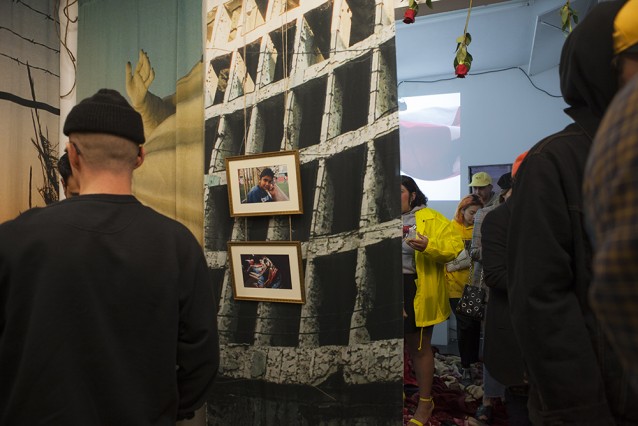
A few photos from opening night of ‘Beirut Youth’. Thank-you to everyone who attended.
More photos from opening night in Purple Magazine.
Opening night video of ‘Beirut Youth’. Now on display until March 18th.
Video by Max Junk
Music by Onyx Collective
Recent Press :
JEY PERIE & GOGY ESPARZA BRING BEIRUT YOUTH TO HVW8 LOS ANGELES
GOGY ESPARZA INTERVIEW WITH ART WRITING SVA
Interview from Art Writing SVA
Degree Critical, Spring 2018
Interview: Gogy Esparza and Sahar Khraibani
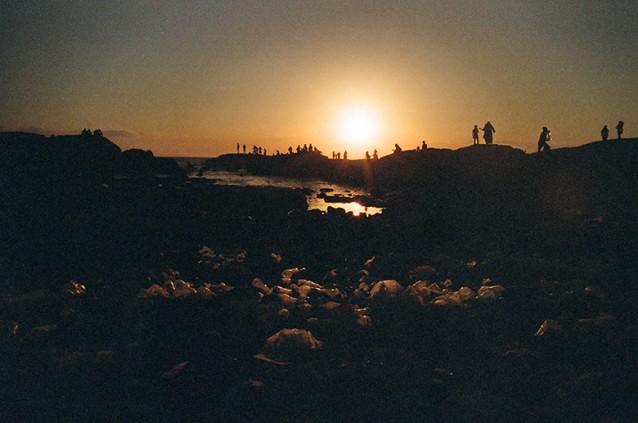
Gogy Esparza. Beirut Youth (2017). Courtesy of the artist.
by Sahar Khraibani
I first met NYC-based, Ecuadorian-American artist Gogy Esparza through mutual friends, and the first time we hung out we ended up walking down Madison Avenue on a Thursday afternoon. On that walk, Gogy told me that he gets his inspiration from the shop windows on this street. This surprised me, because I never took him for an Upper East Side aficionado. My vision of Gogy was that of a warm-hearted individual, who spent the last ten years or so hustling in the gritty art scene, as far away as can be from Madison Avenue. I was living in Beirut in 2016 when he was there shooting for his Beirut Youth project (2017), and though we did not cross paths, the word of his visit spread like wildfire in such a small city. The project, initially tackled the globalization of subcultures, but ultimately showcased the juxtaposition of a diverse culture, where different religions, classes and opinions breed both its chaos and its charm. It later gained a sponsorship from Adidas Originals for the exhibition to tour worldwide. Gogy and I squeezed this conversation between two haircutting appointments at his Chinatown studio. I arrived right after he had finished giving his first haircut of the day. As he sat comfortably in his barber’s chair, we discussed his path as a barber and artist working across film, photography, and fashion.
The following text has been edited for clarity.
Sahar Khraibani: You just came back from showing Beirut Youths in Tokyo. Did that trip change your perspective of the project? How was it perceived there?
Gogy Esparza: Really well. I mean, I don’t want to generalize, but the creative culture in Japan is very curious and anything they find exotic they want to know about. They tend to explore outside cultures and they go all the way: they do all their homework, they ask a lot of questions, and I think they’re very respectful and genuinely curious. That’s why I love it there. And it was great to see their reactions cause they were like “wow, the conditions in the [refugee] camps are really crazy, the history is so complex.” They were willing to ask the right questions, and eager to educate themselves.
SK: I was watching the Beirut Youths videos again, and I was thinking about their content. You know, it’s home for me, and I was thinking of the Sabra and Shatila refugee camp especially because I’ve been there so many times for different reasons. So I have a different relationship to the camp in a way, but I normally don’t like it when people other-ize and exoticize it. Your video didn’t do that. You know, it’s a very specific culture they have in the camp: it’s their own little world, kind of like Chinatown on a smaller and more condensed scale. So I was curious, as someone who had never been to Beirut before, what was your perception of Beirut before going and after going, especially visiting the camps and then areas like Raouche, which is really a mishmash of people from all classes.
SK: But you didn’t.
GE: But I was really naturally attracted to that. I was there when Trump was about to be elected and then there were a couple of documentaries that came out that talked about U.S. relationships with the Middle East. One of our big goals was visiting Mlita in the South and the Hizbollah Museum. There you see the other side, because in the U.S. you only get the U.S.-Israeli side. So a lot of my focus was initially on the history of war. As you know, I’m an immigrant from Ecuador who came to the U.S. with my family. We grew up in the inner city, in the hood, so naturally I kind of gravitate towards these stories of conflict and displacement because I relate to that.
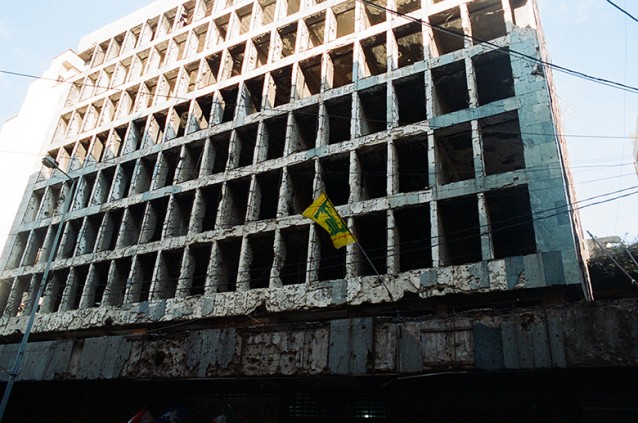
Gogy Esparza. Beirut Youth (2017). Courtesy of the artist.
SK: So you’ve been through a form of displacement?
GE: Exactly. And also assimilation, right? Palestinians here are refugees but in Lebanon they somewhat have no identity. And in Lebanon I think they remind you of that.
SK: Definitely. As a Palestinian, you don’t have a passport or a citizenship. You only have a refugee card, and you’re not allowed to work in certain places or even buy a house. You’re constantly reminded that you don’t belong. I mean unless you’re very rich, there are a lot of class rules that play into this game as well. What was interesting to me was that you went to Beirut at a very specific time: the garbage crisis was at its peak, and the summer was rough, politically and culturally.
GE: I guess initially that was my concept. Beirut is a very progressive place in the Middle East, so there was going to be more free spirited energy there than obviously in Saudi or even Dubai, but what I found there was very different. Inevitably I started realizing that I couldn’t tell people that I was from New York. I couldn’t tell them I was American. I preferred telling them that I’m Ecuadorian because there was a big wall put up, rightfully so, toward the United States. But once you get through that wall with people in Lebanon, it felt just like Latin culture to me: very warm, very giving, inviting. The hosting culture is really beautiful. And also, the Mediterranean Sea. I think the sea had the biggest impact on me. It felt cleansing, calming, almost omnipresent.
Gogy Esparza. Beirut Youth (2017). Courtesy of the artist.
SK: The sea has always been the biggest mystery and inspiration for Beirut. Ultimately, being here in New York and now so far from it, I’m starting to realize why it has such a hold on people. I mean it’s the only place where you can breathe: an open space in a city with no public spaces. It’s the only escape, really. And then people lost their lives in the Mediterranean while trying to migrate and we carry that shame around.
GE: I didn’t think about that…
SK: I mean you see it everyday. What I appreciated in your videos, especially the one about the private beach club Sporting (Raouché, 2017), was that you showed the public beach right next to it. I think you hit on a specific synthesis of Beirut, a non-cliché way of showing what the city is and what it means to live there.
GE: I just tried to be honest because of course I got love at the cliffs of Raouché, but I wasn’t fully down with everybody there. They knew I was an outsider. Like “hey, I went to Sporting too, I was at that private beach,” and I think I showed that. I wasn’t trying to lie. I was eating fish at Sporting and also looking across the bay. I think I was trying to be very objective and factual and just to tell the truth. I wasn’t lying about the conditions in the camp, I wasn’t lying about Raouché. And for me, I always go in both worlds. Even in New York, I like to see every scope of every place. You can come from two different worlds and exist in both at once. Some people can only exist in one world and that’s very sad, but it’s real.
SK: I really appreciated the honesty. I’m very wary of someone coming in from the outside and wanting to apply their own vision to what the place is.
GE: Being a Catholic Latino for me changed how I saw things. We hide behind this veil of conservatism and prayer. People have this fascination with the virgin or the whore, It’s very prevalent throughout the Bible and the years of culture that have come from it, but at the end of the day this strict idea of “right and wrong” creates so much infidelity and so much distrust. You know, I talk about that in my work. I show you the ugly side. I show you the truth, and then I also show you this idealistic vision. I don’t lie. My personal work is very crude and very raw, and you know, it’s not for everybody. I think if you pay attention to the nuances of what I’m trying to say, you understand that I’m very honest about it, and anywhere I’m going to go, I’m going to do that ‘cause that’s who I am. We need to have a dialogue about the truth and our perceived notion of what we feel should be true.
SK: Do you feel like you have a duality in your perception of things? In your art?
GE: Definitely. Being in Japan was amazing and beautiful. It’s like: okay, it’s very clean and pristine and everything is incredibly orderly. All the trains are on time, but at night—or if you go to Shinjuku, the party district—essentially they sell sex dreams there. You as a foreigner cannot go into these places. You cannot document these places, because the Japanese government wants the outside world to only see the pristine side of Japan, to perceive it in a specific light. But Shinjuku is the underbelly of the city, completely run by Yakuza (members of transnational organized crime syndicates originating in Japan). This is the contrast I like to show. In Lebanon, it’s more out there, but the tradition of Arab culture is still very conservative.
SK: Depends where you are geographically in Lebanon.
GE: For sure. And I can’t assume this American standard is the same everywhere else. I can’t. It’s arrogant.
SK: But you also come from a dual identity, I mean you’re from Ecuador, then you moved to Massachusetts, and then to New York. You saw different sides of the world and had an interesting trajectory, and that’s why I think you even see New York in a different way. I mean the first time we hung out, we walked down Madison Avenue, which is an uncomfortable place for me cause I always felt it was for the rich. But you didn’t feel that way.
Gogy Esparza. Photo: Ari Marcopoulos.
GE: The thing is, my father was a doctor in Ecuador, and he fought and earned his education coming from nothing. And then he came to the States and his title wasn’t recognized, the only work he could find was in a factory assembly line. He was reduced to that kind of labor. But this guy was a doctor in his culture. Every immigrant has this story. To withstand and remain yourself and assimilate only to a certain degree is respectable and admirable. In Ecuador, he’s able to walk in the poor neighborhoods that he’s from, but he’s an educated person that willfully fought for an education, and he should be entitled to the same levels of consideration as every other person. In New York, or anywhere I go, I feel the same way. I always go to the hood wherever I am travelling, but then I will go to the more expensive neighborhoods and have a drink. I will go to the Louvre and appreciate art. I will challenge myself like that, and I will challenge the environment that is in place. I’m willing to take that risk. I have to dress like them. I’m fair skinned, but I have a shaved head. I have tattoos. I have my mannerisms and a character that let them know I’m not bourgeois. and if you’re unable to accept me, then I will challenge you. Because these people, they tend to stay in their world. They don’t come to my world, or if they do they consume it, from hip-hop to street art.
SK: Or sensationalize it in a way?
GE: Absolutely.
SK: They want to put you in that category and don’t expect of you more levels of culture or integration.
GE: For me, it’s like cutting hair. I know how to give you a fade or a tape up, a line up, a shape up; these are like cuts you get in the hood. But I know how to cut all different types of hair, and also you need different types of techniques to do that and there is a cadence, a layering process. There’s an understanding of how things fall into place in the act of cutting hair. I know how to give a good haircut because I’ve been giving them for so long, but I’ve challenged myself to learn what I don’t know. I should be entitled to appreciate the complexities of any type of world that I choose. You have these creatives challenging themselves by the exposition to a whole new culture, and assimilating the traditions of the pre-existing culture. That’s what New York is, that’s what the infrastructure is. The city was built on a grid system from the very beginning, and it was meant for ease and flow of commerce and culture. That’s embedded in the design of the city, so who am I not to take advantage of that, you know what I mean? In Lebanon, it was important for me to go to Mlita, to go to Dahieh, to Shatila and then yes I was at the trendy Decks On The Beach, and yes I was eating at Restaurant Casablanca, because I wanted to see it all.
SK: It’s part of the culture somehow.
GE: To be honest with you, I understand classism because it exists in Ecuador as well. It’s very classist, and it’s based on the color of your skin. But I don’t agree with that, and I don’t partake in it at all. I’m very vocal about that, and I show that in my work. I chill with all different types of people because I truly believe in that spirit. I believe in the human race. I want this universal prevailing message of struggle and of acceptance.
Beirut Youth will be on view in Los Angeles at HVW8 Gallery on February 22, 2018. It will be the fourth installment of the exhibition. The exhibition was shown in New York City, Dubai, and Tokyo thus far, and planning to close out the tour with an exhibition in Beirut this coming Summer.
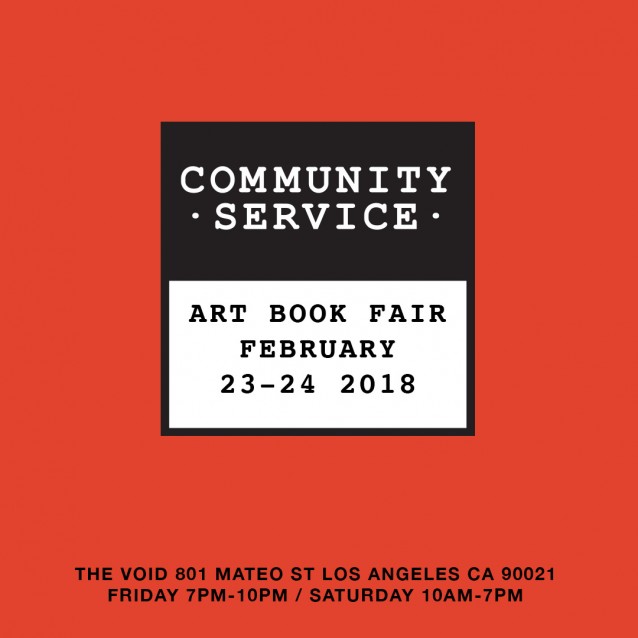
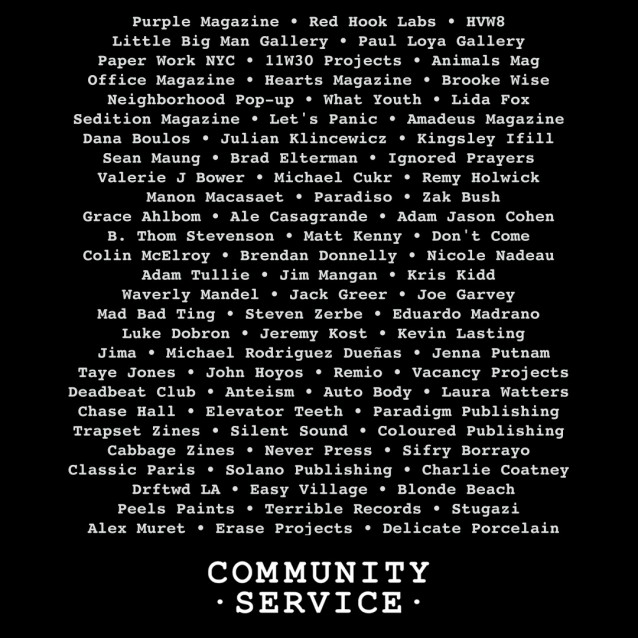
HVW8 Gallery will take part in this year’s ‘Community Service’ Art Book Fair.
February 23 – 24, 2018. 801 Mateo Street, 90021, in DTLA’s Art’s District
#communityservicelaabf
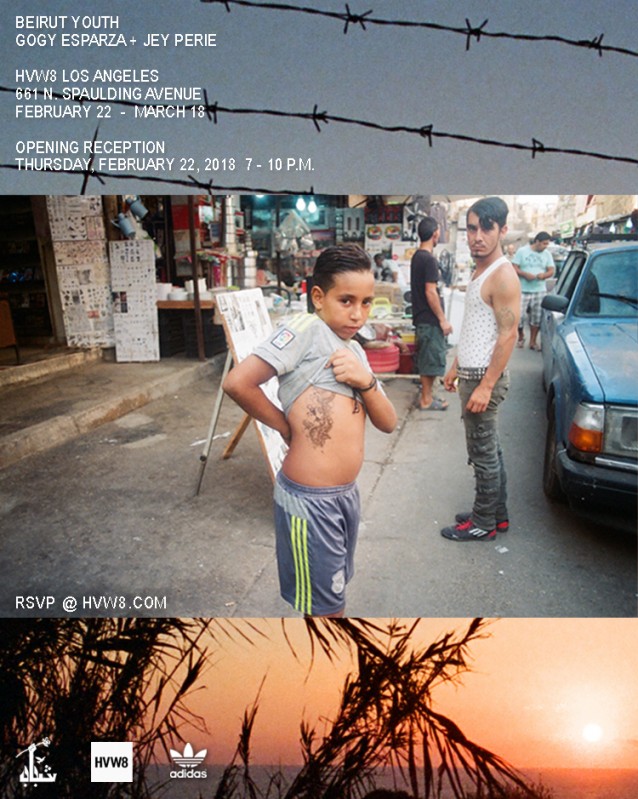
Beirut Youth opens Thursday, February 22nd. Please RSVP at rsvp@hvw8.com
More information on Beirut Youth Here.
Interview/text from Honeyeecom.us
Miami Art Week had a lot of parties, a lot of looks and a lot of corporate sponsors trying to get in on the art scene.
That’s why HVW8 Gallery’s Creative Class stood out to our team. Held outside of the Miami Beach vicinity, they presented five artists Atiba Jefferson, Kilo Kish, Lisa Leone, Ines Longevial and Brian Lotti at their three day exhibition at Miami’s historic, Jewel Box. The standout feature all five artists: all five had their first shows with HVW8.
Second to that, the team worked with adidas and Sonos, in a way that was subtle, including the brand as patron of the arts and not some culture vulture (which we witnessed plenty of throughout our time in Miami).
We talked with Tyler Gibney, one of HVW8’s founders, about Miami and about their mission with HVW8.
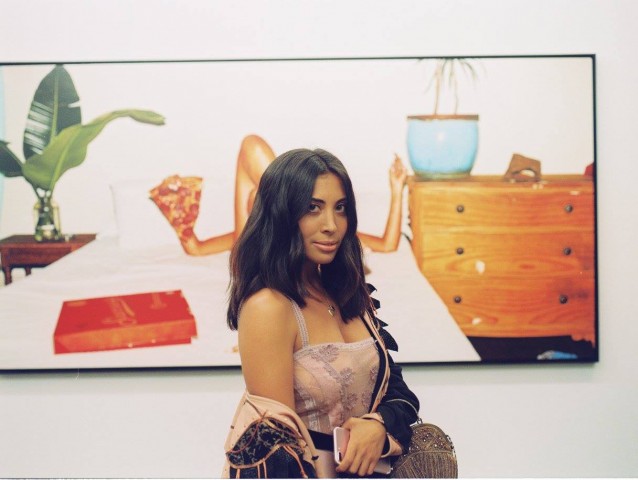
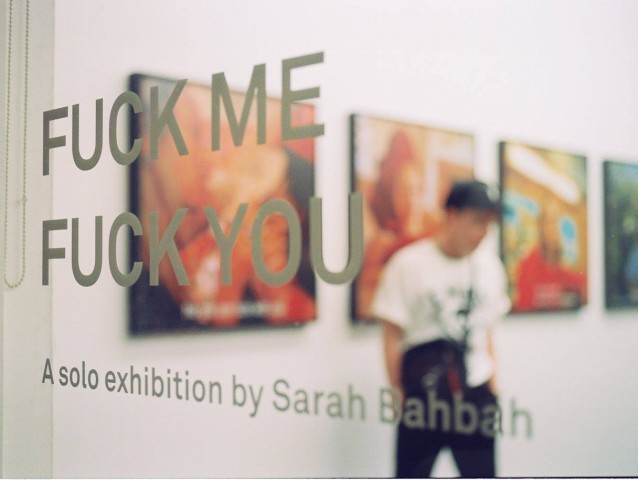
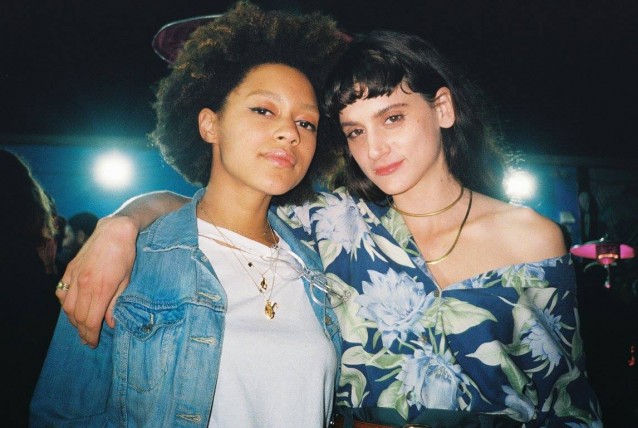


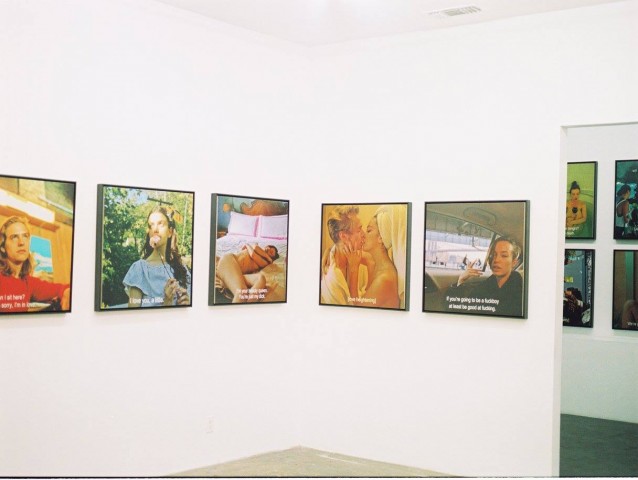
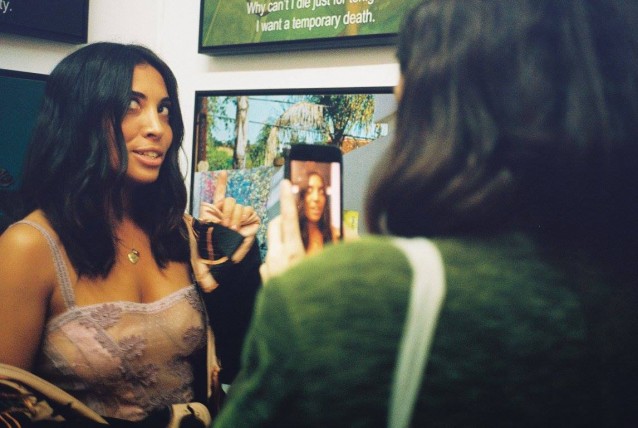
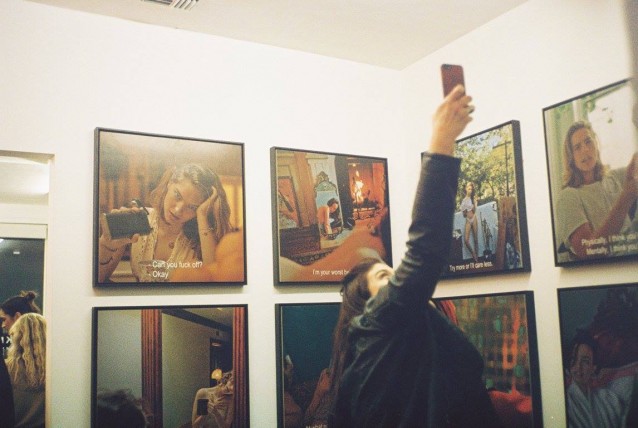
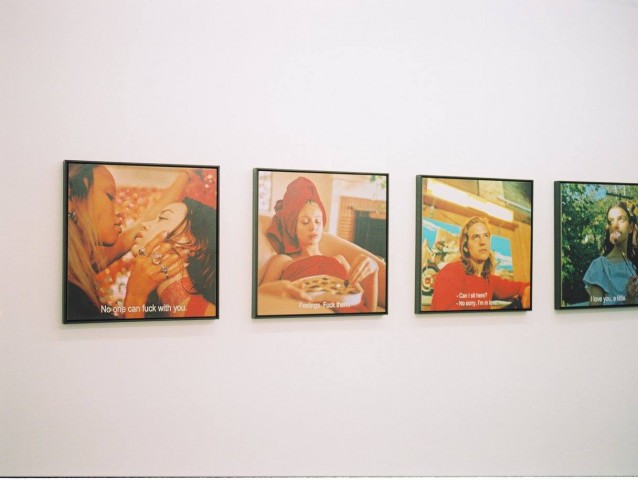

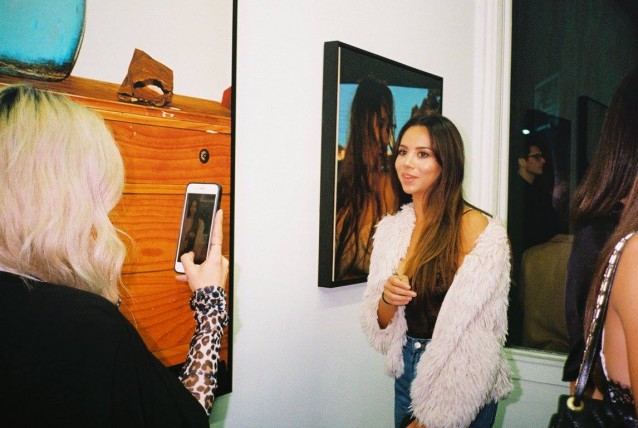
A few photos by Grant Spanier of the opening night of Sarah Bahbah‘s ‘F*CK ME, F*CK YOU’.
More photos on our Facebook page
Exhibition Runs until Jan. 21st.
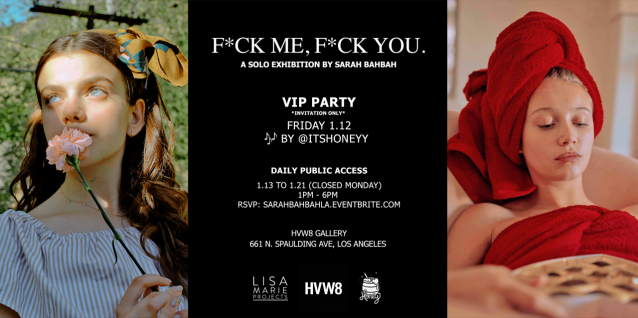
‘FUCK ME, FUCK YOU’
A Solo Exhibition by Sarah Bahbah
Opening Friday, Jan 12th, 7 – 10pm.
Please RSVP at sarahbahbahvip.splashthat.com
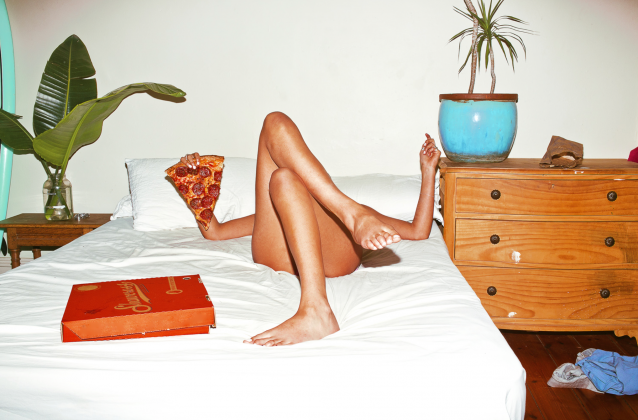
pizza
96″ x 45”
Birchwood Float
2017
Sarah Bahbah’s FIRST EVER solo exhibition in Los Angeles!
Known for her explicit transparent exploration of the internal voices of young females, Sarah Bahbah’s raw storytelling style, depicted as film stills, delve into themes of love, pain, indulgence, and coming of age with her particular brand of feminine ennui. Displayed in major art exhibitions around the world, admired by celebrities, celebrated in global publication, and with a cult-like following on Instagram, her social cause of women finding freedom in self-love is achieving worldwide reach and impact. Culminating in 2015’s, ‘Summer Without A Pool’ series through to 2017’s ‘This Is Not For You’ series, @sarahbahbah is now one of the most shared accounts on Instagram.
Works Featuring:
Daily Access: Saturday, Jan 13th – Sunday, Jan 21st (closed on Mondays)
Time: 1:00 pm – 6:00 pm daily
Location: HVW8 Gallery – 661 N Spaulding Ave, Los Angeles, CA 90036
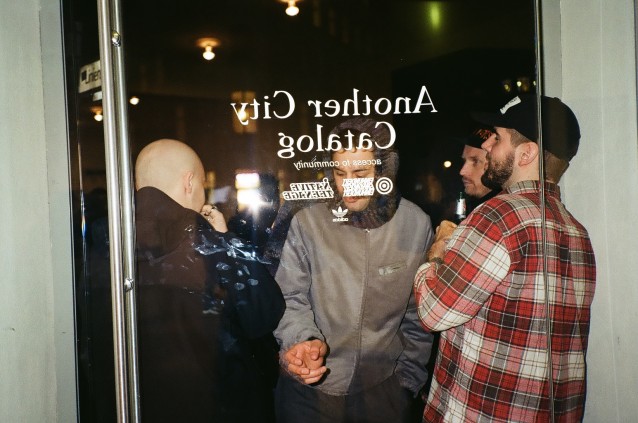
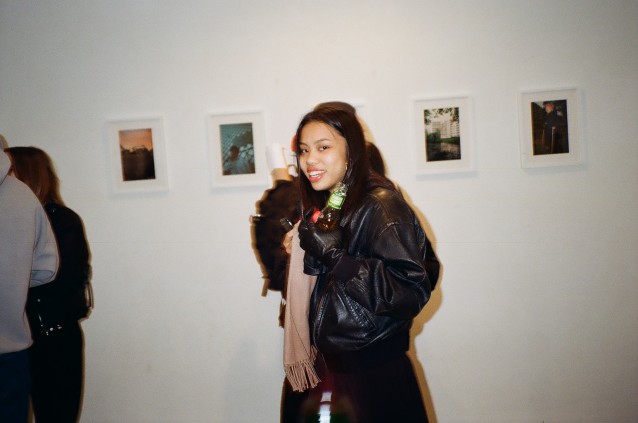
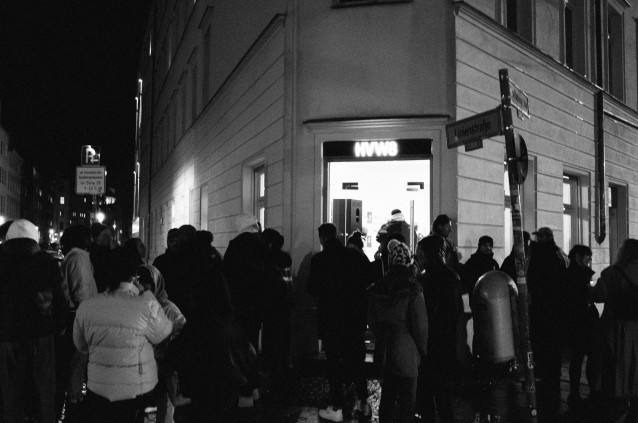
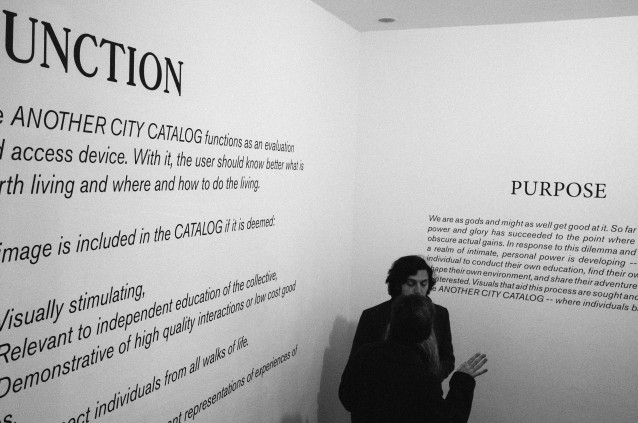
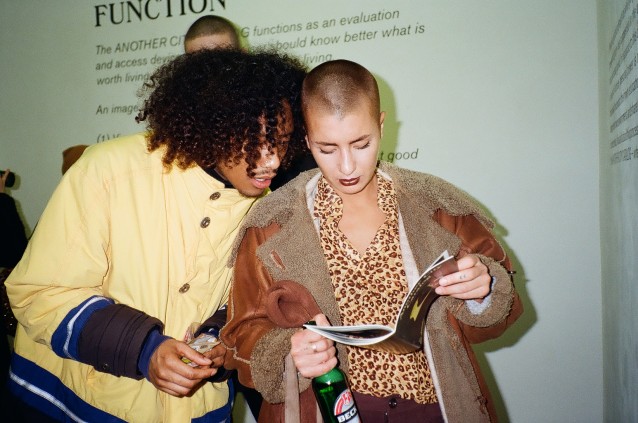
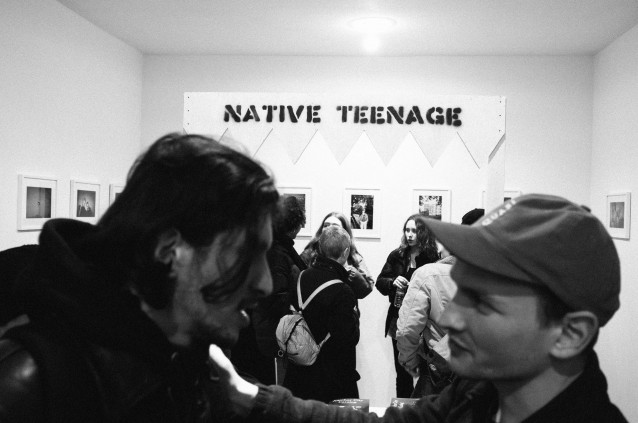
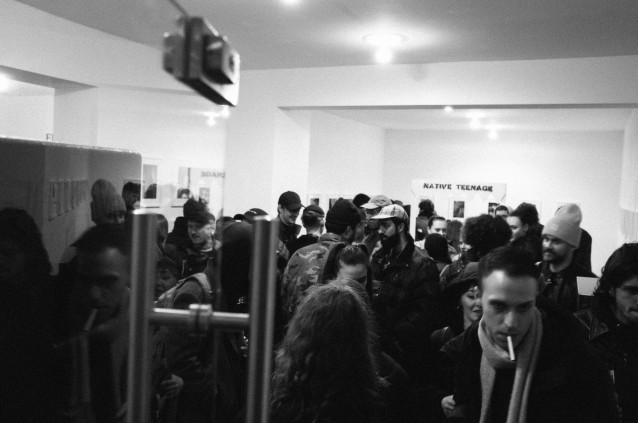
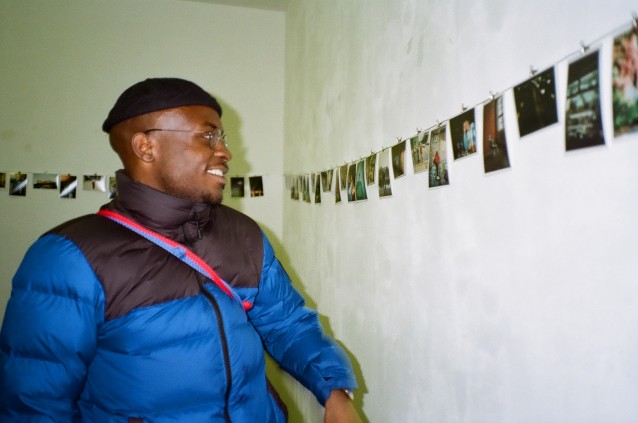
Here are a few pics from Johannes Böttge, Shirin Siebert and Tsellot Melesse from the opening of Einhundert / Teenage Native exhibit ‘Another City Catalog’ at HVW8 Berlin.
More information on the Exhibition Here.
Opening night video of Inès Longevial exhibition ‘Sous Le Soleil’ at HVW8 Gallery.
Video by Tony Camero
Article from Vogue –
Kilo Kish may be better known for wearing oversize suits than frilly dresses, but her new interactive video project for “Fulfillment,” a standout from last year’s Reflections in Real Time, proves that the rapper can pull off menswear staples and full-on gowns equally well.
Kish shared a new website designed by Empire Taste that allows the viewer to flip between four different security camera feeds of HVW8 gallery in Los Angeles. Each one depicts a different angle of Kish dancing and singing in a vintage pink gown, belted with a black ribbon that matches her long satiny gloves. HVW8 is currently housing an installation by Kish, who is also a visual artist. Of the video’s voyeuristic framing, Kish says that “watching security footage of someone alone in a big white box asks the question, ‘How do we find and define fulfillment in our digital society?’ ” So ponder the social behaviors of our current technological moment and admire Kish’s vintage pink gown by watching the clip below, or head to the website to take it in from every point of view.
Artwork from Mark Gonzales’ ‘Fower Plower’ will be featured in Gallery Target‘s 10th Anniversary exhibit in Tokyo. Curated by Ken Miller.
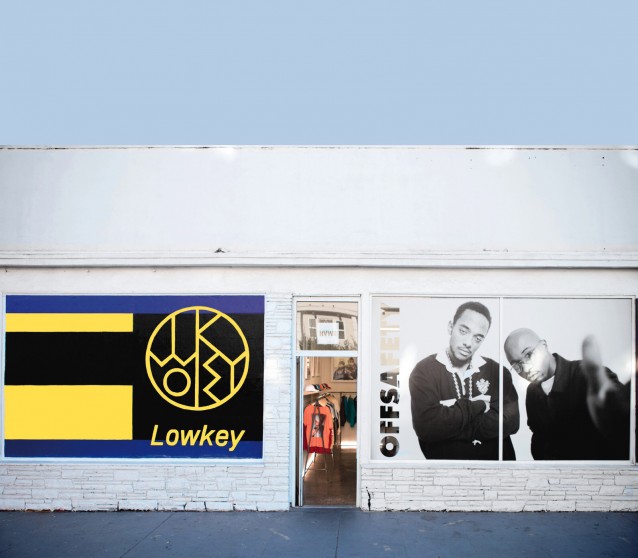
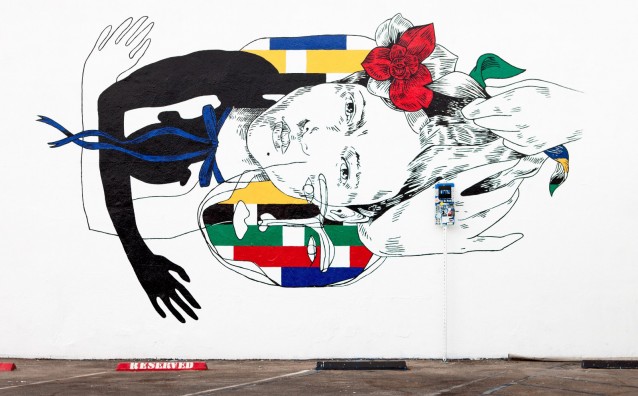
This week our friends from Switzerland, LowKey Studio, will be a hosting a series collaborations featuring photographers Paul Chan, Eddie Otchere and artists Blanda and Ottavio Missoni at HVW8 Los Angeles.
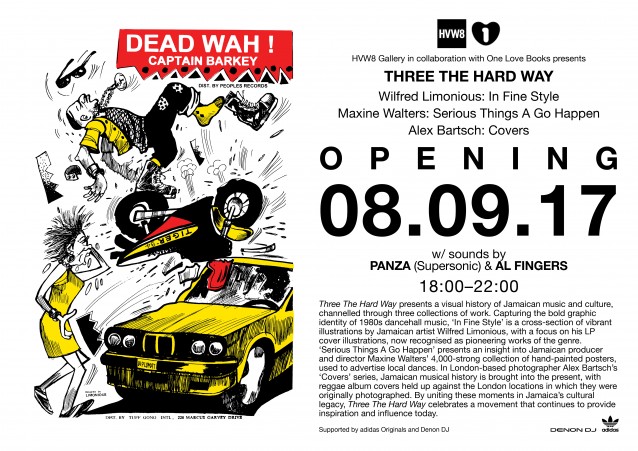
BERLIN — HVW8 Gallery Berlin in collaboration with One Love Books presents
THREE THE HARD WAY
WILFRED LIMONIOUS: IN FINE STYLE
ALEX BARTSCH: COVERS
MAXINE WALTERS: SERIOUS THINGS A GO HAPPEN
September 8th – October 14th, 2017
Opening Reception September 8th 18:00 – 22:00
In Fine Style: The Dancehall Art of Wilfred Limonious, is the first solo exhibition of work by prolific Jamaican illustrator Wilfred Limonious (1949–99) in Germany, and includes reproductions of work from the early 1970s through the mid-1990s, spanning three key phases in his career: his comic strips for the Jamaican newspapers, his illustrations for the publications of JAMAL (the Jamaican Movement for the Advancement of Literacy), and his distinctive artwork for the burgeoning dancehall scene coming out of 1980s Jamaica. The exhibition is curated by Al “Fingers” Newman and Christopher Bateman and is produced by One Love Books with the support of the Limonious Estate, to accompany their book, In Fine Style: The Dancehall Art of Wilfred Limonious, the first study into the artist’s life and work.
London-based photographer Alex Bartsch makes his debut at HVW8 Gallery Berlin with photographs from his book, Covers: Retracing Reggae Record Sleeves in London, forthcoming on One Love Books. After researching various reggae LPs and twelve-inches from his record collection, Bartsch has re-photographed fifty sleeves in their original London locations, holding them up at arm’s-length so that they blend in with their surroundings, decades later. Presented in this way, the photographs document the transition of time, with the album cover serving as a window into the past, juxtaposed against today’s backdrop. From an ethnomusicological perspective the photographs also provide a fascinating insight into the history of reggae music in London, inviting the viewer to rethink the relationship between the city and its musical heritage. The exhibition includes ten select prints from the project, featuring records by artists such as John Holt, Carroll Thompson, Peter Tosh, Moodie, Jah Woosh, Pat Kelly and Smiley Culture.
Serious Things a Go Happen features various original signs and posters from the early 1980s through today, drawn from the collection of Jamaican film and television producer and director Maxine Walters. Jamaican dancehall emerged out of reggae in the late 1970s and brought with it a new visual style characterized by bright colors and bold, hand-drawn lettering. One-of-a-kind, hand-painted posters advertising local parties and concerts have become a ubiquitous part of Jamaica’s landscape, nailed to poles and trees across the island. The exhibition in conjunction with Walters’ book Serious Things A Go Happen: Three Decades of Jamaican Dancehall Signs (Hat & Beard Press) presents an unofficial history of Jamaican dancehall music told through its graphic design.
Gallery & media contact
HVW8 Gallery Berlin , Linienstraße 161, 10115 Berlin
Jenne Grabowski
+49(0)179 – 488 1004
jenne@hvw8.com
Jenny Ames
+49(0)177 – 142 8588
jenny@hvw8.com
Supported by adidas Originals and Denon DJ
Press Release :
HVW8_PRESS_RELEASE_THREE_THE_HARD_WAY_EN
HVW8_PRESS_RELEASE_THREE_THE_HARD_WAY_DE
Articles in the New Yorker and Vogue on Maxine Walters’ Dancehall signs. Currently on display at #HVW8Berlin
Recent Press on Alex Bartsch ‘Covers’
https://pitchfork.com/thepitch/1368-let-classic-reggae-album-covers-show-you-london-then-and-now/
https://www.creativereview.co.uk/alex-bartsch-retracing-reggae-record-sleeves-photographed-london/
https://www.theguardian.com/artanddesign/gallery/2016/nov/04/alex-bartsch-reggae-covers-photographs
https://www.redbull.com/gb-en/taking-uk-reggae-sleeves-back-home
http://www.jamaicaobserver.com/entertainment/Double-take_78821
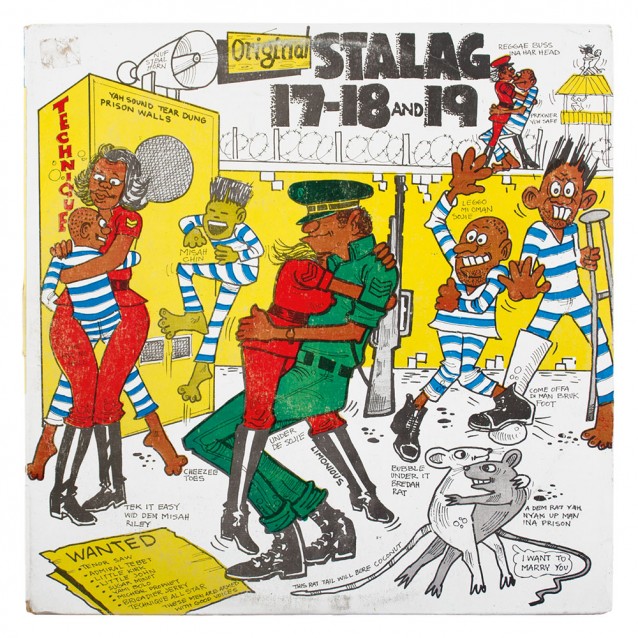
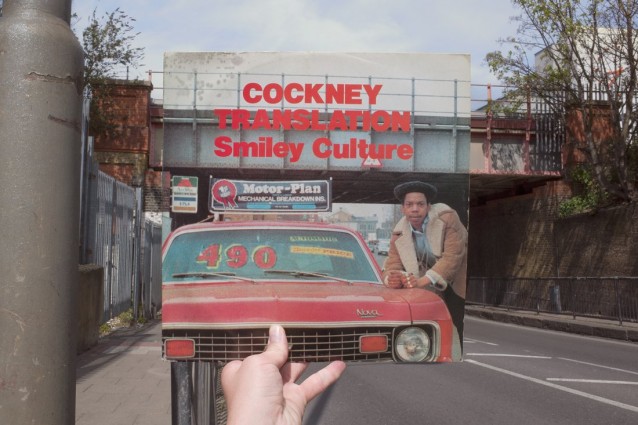
WILFRED LIMONIOUS
IN FINE STYLE
ALEX BARTSCH
COVERS
August 18th – September 24th, 2017
Opening 6 – 10pm, Friday, August 18th.
Please RSVP at rsvp@hvw8.com
For press and artwork inquiries please email info@hvw8.com
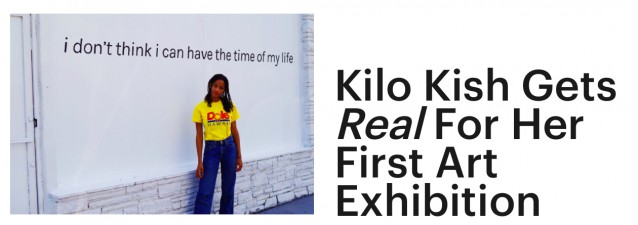
Interview from WestwoodWestwood
Kilo Kish can do anything, but her strongest suit is processing how overwhelmingly underwhelmed we all are by life. The 27-year-old’s first professional work to explore that very theme was her 2016 debut album Reflections In Real Time. Since then, she’s jumped from industry to industry, executing everything from video to fashion textiles, and most recently, she’s found herself in a gallery setting with her first ever art exhibition, Real — Safe at Los Angeles’ HVW8.
On the day before the show’s opening on Friday, we sat down with the Los Angeles based artist to get an idea of what’s been on her mind and how her multi-media show represents the way she walks through her daily life.
Your work focuses on negotiating the personal with the public self. What’s the process of articulating these themes from music to visuals?
I just have tons of questions in general. I’m always trying to figure out my own doctrine for things and what i believe to be true at different points in my life. I definitely believe that people can change and grow. I do try to document different types of feelings over the years because they totally change. My perception even since making Reflections In Real Time to now about all those things—online interactions, being a creative—all that changed in a year in a half since that record. Working through ideas constantly.
When I think about things, I usually think that “This feels like this“: I’ll be having this conversation at this party…which literally makes me feel like I’m stuck in an elevator. Things like that. In my brain, I’m doing other stuff when I’m talking sometimes. It’s nice to sometimes, when I have the opportunity, to make those spaces real, which I try to do with my videos and films and my live performances. I try to take some of that actual emotional feelings and create spaces for them.
Are a lot of the works in the show abstract mundanities of these situations?
Yes, exactly.
What are other examples of that?
For me, when I look on Instagram and stuff like that, I’m like, “All of these are mundane situations.” It’s my lunch or my dinner or on a bike ride or getting an ice cream cone but there’s this grandeur that’s created out of it because it’s curated and formatted for a public. I do kind of the opposite, where I take these situations and make them extreme versions of what they really are.
How do you feel that–given some time after Reflections–this show and body of work evolves these subjects? Or are you going in a different direction?
This show is the farthest abstraction from the record. The music is literal: if you’re singing something and you’re the artist, people will be like, “That’s what you think!” You know what I mean? That’s usually where they’re going to take it. This is like all of the other ideas that don’t necessarily work in a musical medium or a live show. There are still parameters for a live show. If you don’t want to be a dick, there’s still things: people want to come here to come here–to have fun. They probably want to drink and hang out with the new girl they just met and whatever else. For you to push your really intense performance art show on them—which I do anyway—I curtail it a tiny bit. The extra stuff, that’s just too too much for a live show? That’s where it exists in a gallery.
One thing in reading about this show is this idea of the “blissfully blasé.” It very much feels like an excitement and constant pushing down by social structures or other generations that are making you apathetic.
Because there’s so much information.
Yeah.
I don’t think we were supposed to handle this much information. I think we were really actually supposed to hunt for our food and walk around and cook for three hours and walk up a hill for six hours and then come home and be too tired to do anything.
That’s what I was curious about. Do you think this simultaneous feeling of being both overwhelmed and underwhelmed is a bit of our generational calling card?
Totally—because it’s sensory overload…If you wanted to genuinely be happy (and not fake online happy), you really have to work on it. That’s a spiritual endeavor. You would have to disconnect a tiny bit from all of the boxes that you are looking at all times, literally and figuratively. There’s just so much to look at. If you finished posting your picture of your best day ever and—literally point two seconds after—someone posted a better best day than you and then you look at the next person and the next person and the next person…It’s not easy. It’s not easy to be one hundred percent satisfied, especially now when there are so many options. The only way to be fully happy is to not input as much information.
That’s great.
You’d have to disconnect a tiny bit and be like, “My day was great. And I really don’t care about all that other stuff that’s going on right now.”
What’s next after this?
After this, I’m probably going to do one more video for Reflections In Real Time and then I need to really, seriously start working on a new album.
For more on Kilo Kish, check out her SoundCloud and follow her on Instagram + Twitter.
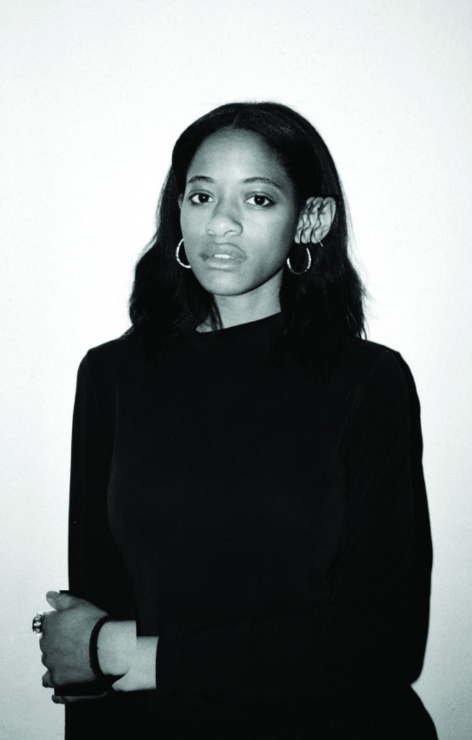
Please join us for a conversation with Kilo Kish this Saturday 8/12 at 2 pm at HVW8 Gallery LA. She will be discussing her current exhibition ‘Real Safe’ which closes Sunday 8/13.
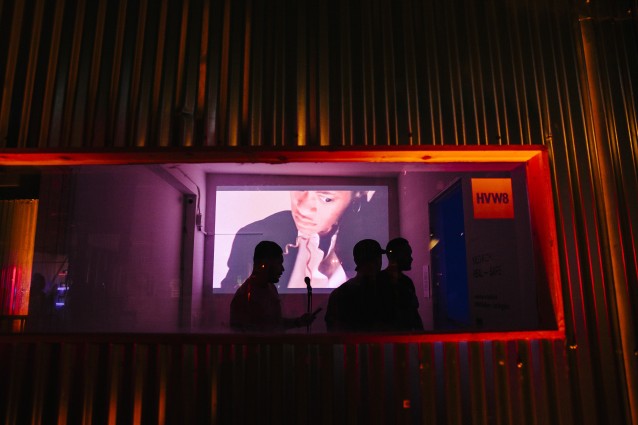
Some Recent press on Kilo Kish’s ‘Real–Safe’ exhibition.
Photo’s from Budland installation courtesy BFA.
Flaunt Magazine
http://www.flaunt.com/content/art/welcome-to-the-real-safe-zone
Nylon Magazine
The Kilo Kish Playbook To Living Your Most Authentic (And Artistic) Life
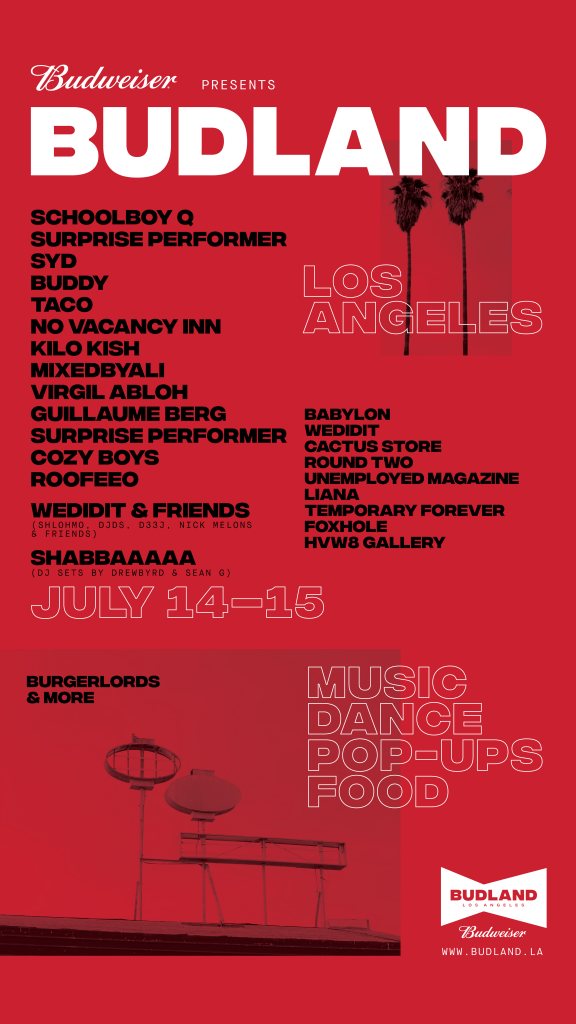
HVW8 Gallery will be doing an Installation at this weekend’s ‘Budland’ event in Los Angeles. Check budland.la for more information.
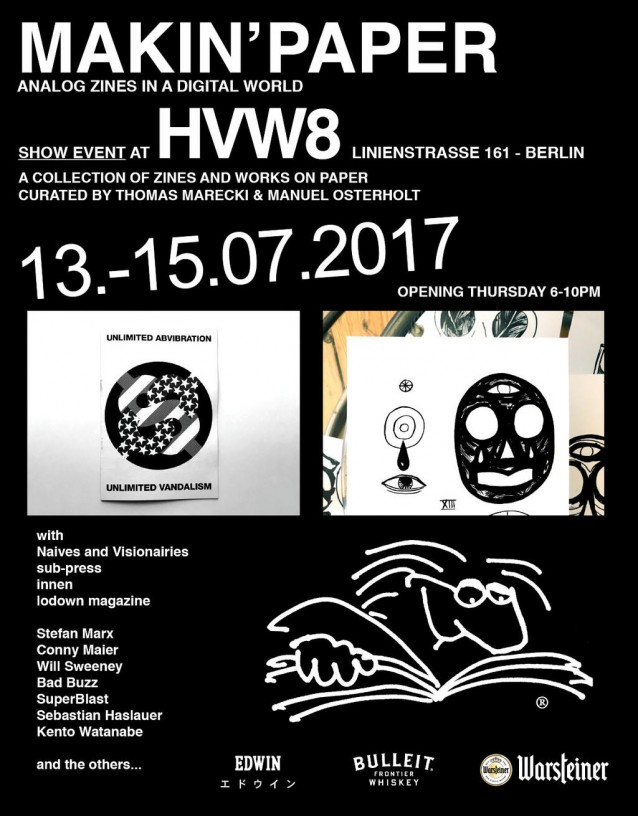
An exploration of the medium current state and its relevance in the digital age.Selfpublishing on paper as a direct counteract towards the unlimited access to imagery and information of todays times. Put your cold technical device away for a moment and just imagine your fingers touch the warm pages of a paper made zine. Stay in this very moment… for a second. Doesn’t it make you feel good? The haptical sensation mixes with the joy of seeing imagery and thoughts of its creator unfolding in front of you. That’s what we thought. You can have all of this in a cosy environment now. And we even preselected the very best zines for you. So you don’t need to exhaust yourself by going through millions of publications.
You’re welcome and see you there!
M.O. + T.M.
Show event at HVW8 Linienstrasse 161 – BERLIN
A collection of zines and works on paper
Curated by Thomas Marecki & Manuel Osterholt
with
Naives and Visionairies
sub-press
innen
lodown magazine
Stefan Marx
Conny Maier
Will Sweeney
Bad Buzz
SuperBlast
Sebastian Haslauer
Kento Watanabe
and the others…
Kish Kilo performs on Jimmy Fallon last night with Vince Staples, Damon Albarn, Ray J and the Roots.
Kish’s exhibit ‘real — safe’ opens July 7th.